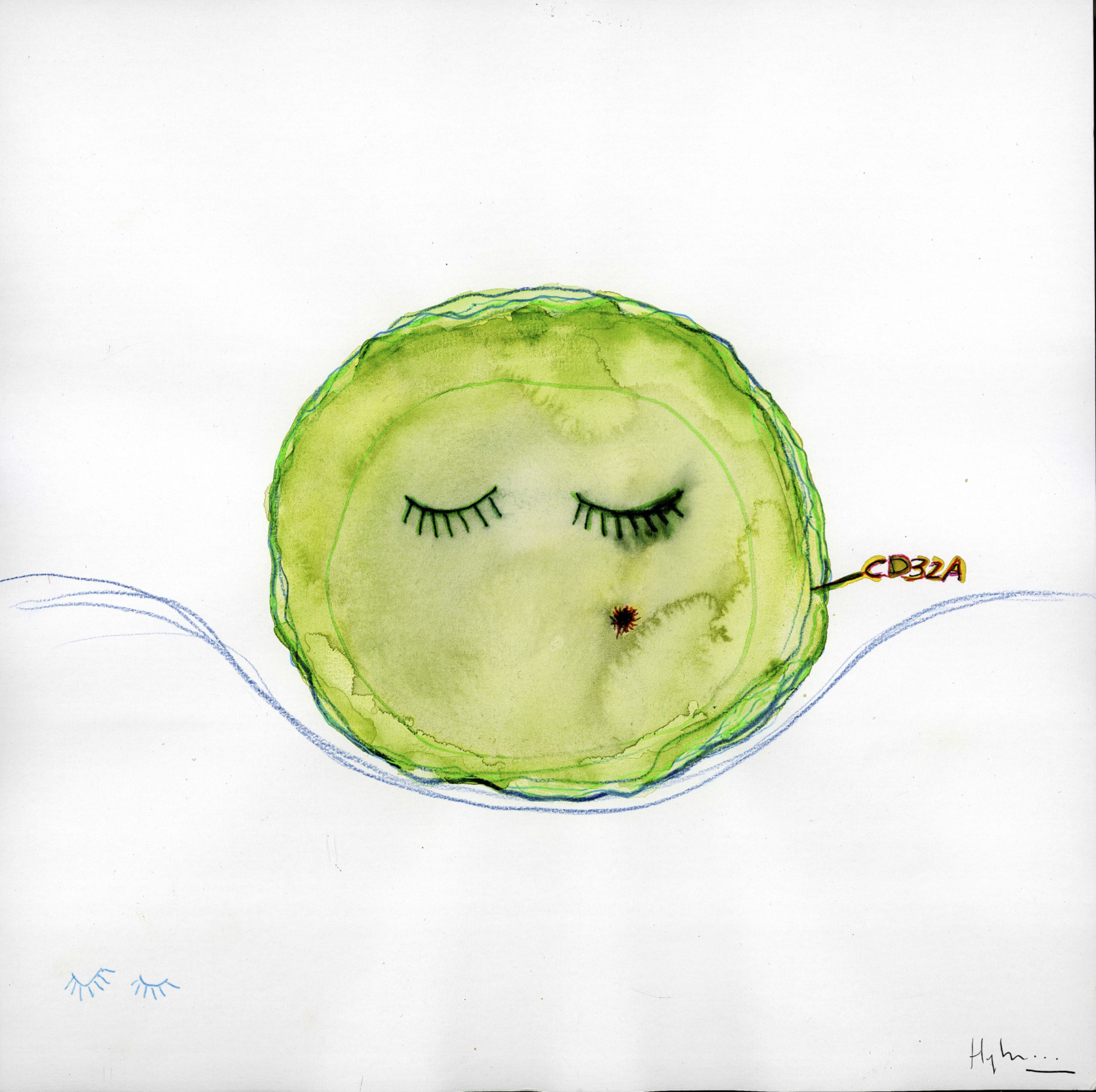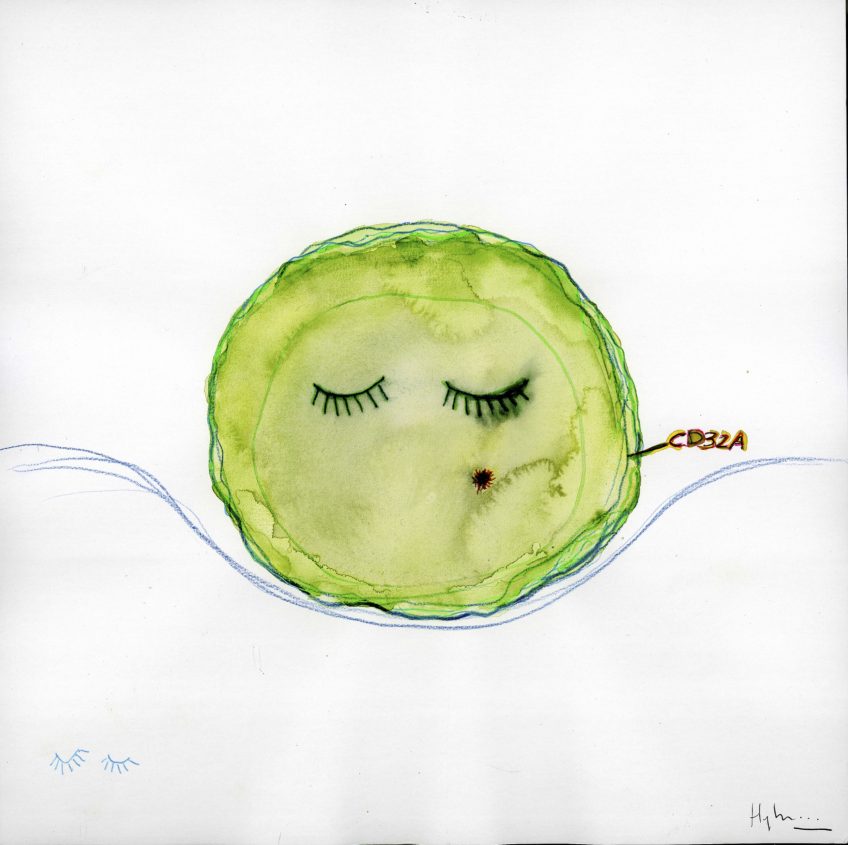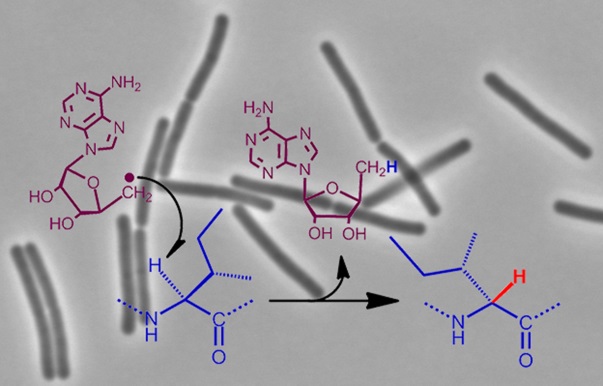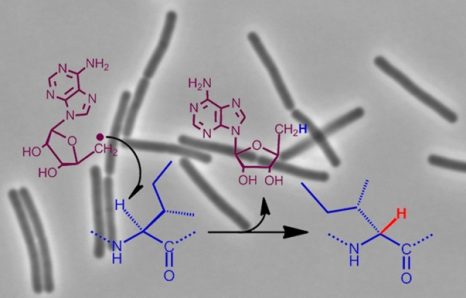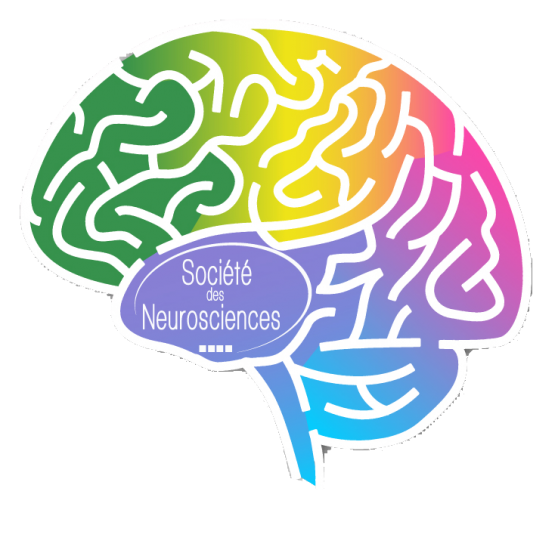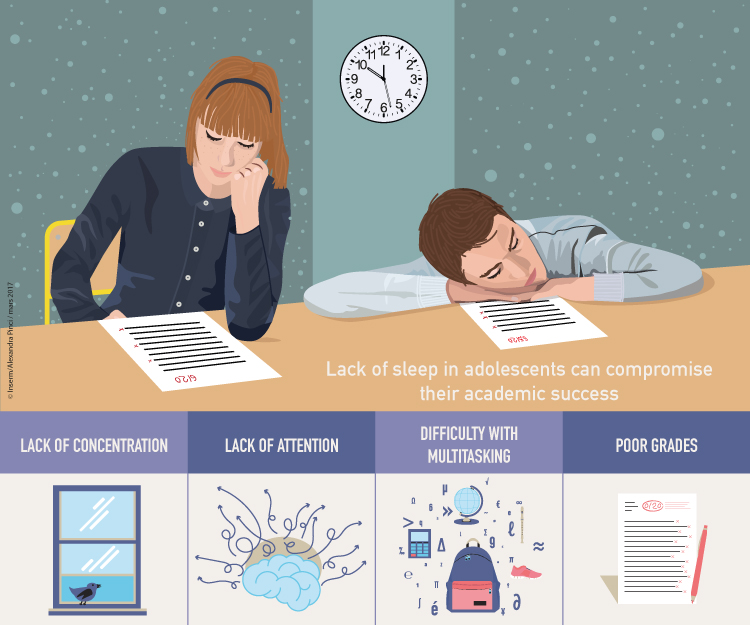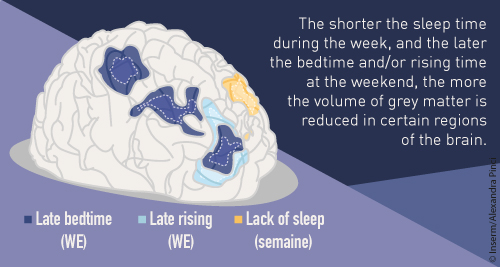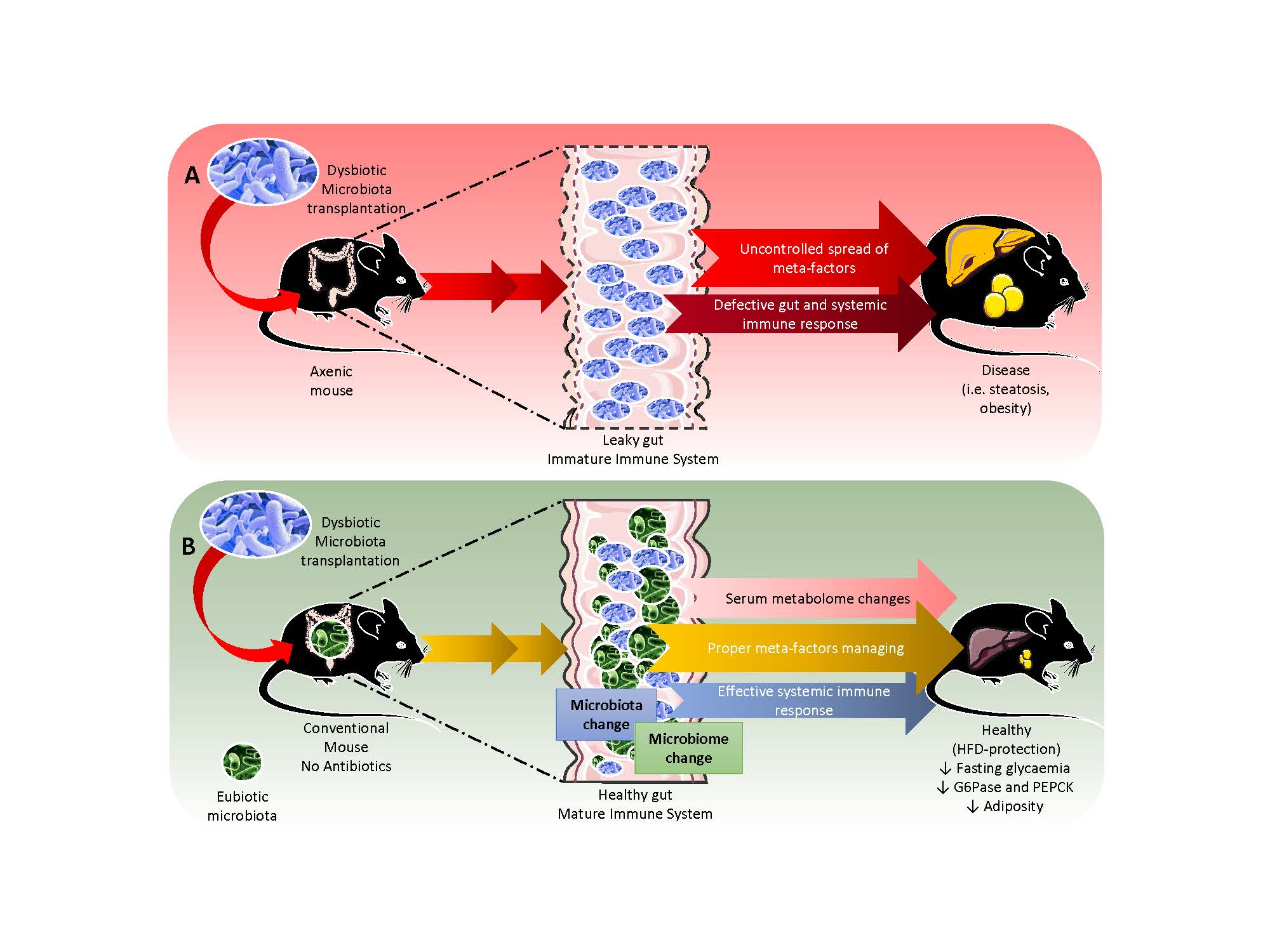
© Matteo Serino
Matteo Serino, Inserm Research Fellow at the Digestive Health Research Institute (IRSD, an Inserm/University of Toulouse III – Paul Sabatier/National Veterinary College of Toulouse/Inra joint research unit), and his collaborators show that alteration of the intestinal microbiota, whether nutritional or genetic in origin, may have beneficial effects on liver metabolism. These results contradict results previously obtained in the area, which showed that transferring an altered microbiota inevitably had negative consequences for health. They have just been published in Molecular Systems Biology.
The gut microbiota is involved in the occurrence of metabolic diseases such as obesity and liver diseases. However, the molecular mechanisms are still incompletely known, and its role as a cause or consequence of these diseases remains a matter of debate.
To understand this, Matteo Serino and his collaborators transferred the gut microbiota from obese mice to wildtype mice fed a normal diet and unexposed to any antibiotic treatment. Indeed, it has been shown that antibiotic treatment prior to transplantation of the gut microbiota could limit the occurrence of metabolic disease, and affect the efficacy of gut microbe transfer.
The researchers observed that on a normal diet, mice that received a microbiota from obese mice underwent a sharp reduction in liver glucose production and fasting blood glucose. Transfer of the microbiota from obese mice not only modified the gut microbiota, but also the function of the bacteria (or microbiome) of the recipient mice.
Unexpectedly, when mice were transplanted with a microbiota from obese mice, and then fed a high-fat diet, their liver metabolism and overall carbohydrate metabolism seemed to be protected. Moreover, their fat mass was less developed and their fat cells were smaller in size.
Conversely, transferring a microbiota from lean mice did not affect liver glucose production.
These research results show that alteration of the microbiota, subsequent to a high-fat diet, is not always harmful. Insofar as the intestinal barrier is intact and the immune system functional, an altered gut microbiota may even protect against the harmful effects of a high-fat diet. “Our observations have opened a new debate on the role of alteration of the gut microbiota in the occurrence of metabolic diseases,” says Matteo Serino.

